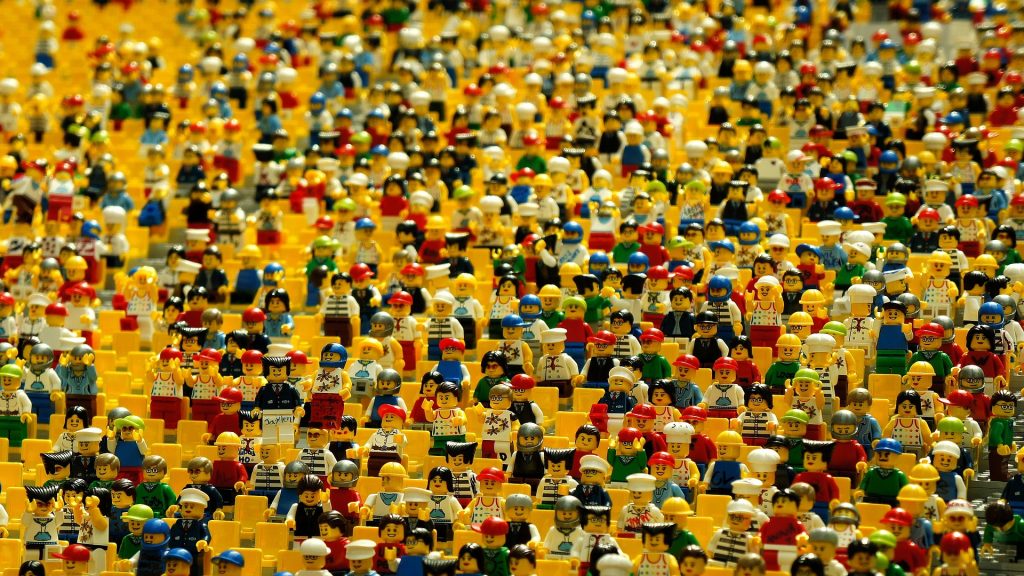
Designed to Be Thrown Away – Made to Last Forever
During the 1950s, plastics started to be mass produced. Since that time it has increased on a nearly exponential scale. While 1.7 million tons were produced per year in 1950, the annual global production had reached 311 million tons by 2014. The total quantity is actually even higher, given that fibres made out of polyacrylic, polypropylene (PP), polyamide (PA), and polyethylene terephthalate (PET) are not included in those number. It has been estimated by 2050 plastic production may reach nearly 2000 million tons if there is no decline in use and production trends.
Plastic is an easily modified, cheap, durable, and lightweight material. That is probably why there has been such a rapid increase in usage that continues to grow. We use plastics extensively in our daily lives. No matter where you look, there is a good chance you will see something that is made out of plastic. The largest sectors in Europe that use plastics are the automotive industry (8.6%), construction and building (20.1%), and packaging (39.5%). Plastic is used as well in agriculture (3.4%) and the electronic and electrical industry (5.7%). A high percentage of plastic usage is other uses (22.7%). This includes sectors like safety, health, sports, furniture, marine and industrial sectors (from companies like MIP LTD) and also household and consumer appliances.
However, those same properties that make plastic such a popular raw material that is used in a wide range of products also have disadvantages in terms of the environment. This lightweight material can end up being far away from the source, and its durability ensures that it will last for a very long time in the environment. Also, it is commonly discarded due to its low cost. The large volumes of plastic that enter into the environment have continued to increase as new uses for plastic materials continue to be developed and as products become more available to a larger number of people. It is suggested that up to 10% of all plastic litter ends up in the ocean and turns into marine litter eventually.
Manufacturing Process
Plastic is comprised of polymers. These are large organic molecules that are made up of repeating carbon-based chains or units. Polymers are produced as a result of a type of molecule called monomers. The polymerization process forms long chains. Therefore, monomers can be viewed as the building blocks for polymers. When a polymer has repeating identical monomers it is called a homopolymer. If it contains various types of monomers it is referred to as a copolymer. The monomers that are used determine the size, structure and basic properties of the polymers.
Some of the more common monomers that are used to produce plastic include styrene, vinyl chloride, propylene and ethylene. Usually, those monomers are obtained from either petroleum or other types of fossil fuels. Around 4–6% of the oil production in the world is currently exploited to make plastic. Along with fossil fuels, biomass like plant oils may also be used to make bio-plastics. It is a very small share but it is growing slowly. However, biomass or oil is only able to provide the polymer with basic components and therefore the final product’s properties are not influenced by the raw materials that are used.
When plastics are manufactured, the manufacturing process used various chemicals as catalysts, initiators, and solvents. Catalysts and initiators help with polymerizations and only small quantities are added. Usually, catalysts are based on metals like aluminum, titanium, magnesium, tin, and zine and include peroxides.
Additives are later mixed in with the polymer to help the manufacturing process or for modifying the end product’s properties. Plastic production is highly dependent on additives given that they are essential ingredients in greatly improving or generating many of plastics’ vital properties. Their importance also can be found in the wide range of additives that are used. The plastic industry uses several thousand different additives.


